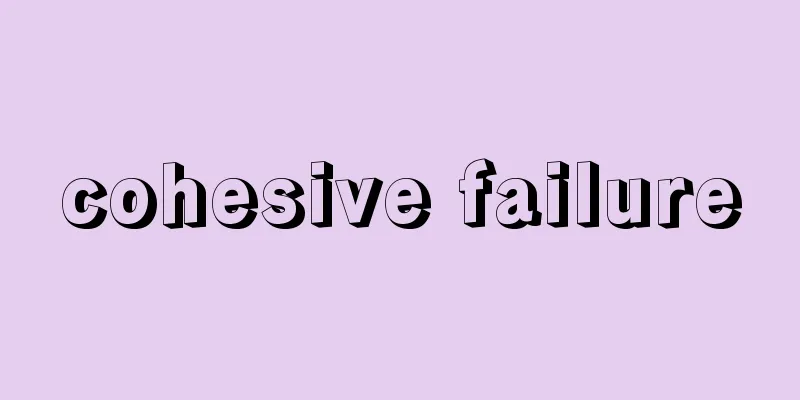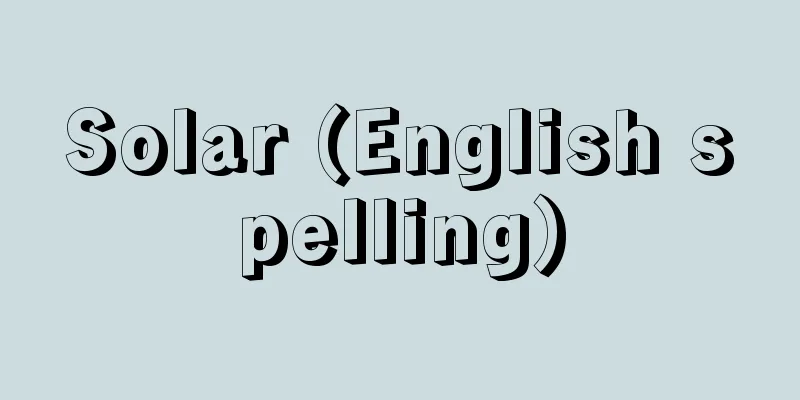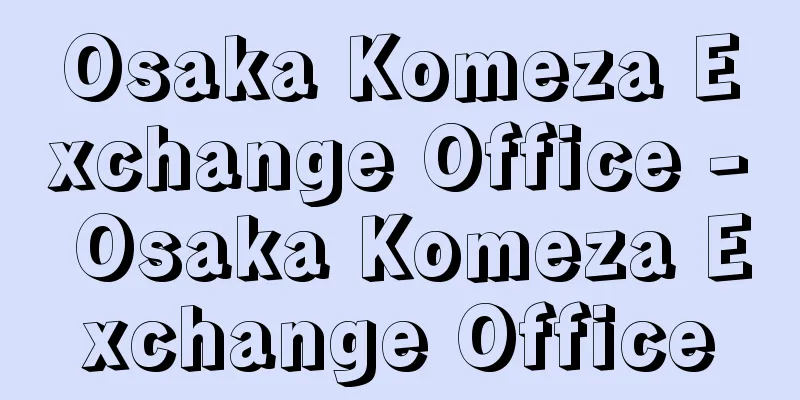Student Nonviolent Solidarity Committee - gakuseihiboryokurentaiiinkai

|
...An American movement in which blacks and other minority groups protested against racial discrimination in areas such as education, employment, housing, elections, and the judiciary, and demanded equal rights as whites. The civil rights movement was at its most active from 1954, when the U.S. Supreme Court ruled racial school segregation unconstitutional (Brown v. Board of Education), until the establishment of the Voting Rights Act in 1965. During this period, nonviolent direct action was carried out to break the racial segregation system and discriminatory practices in the South, led by influential activist groups that included both blacks and whites (such as the National Association for the Advancement of Colored People (NAACP), the National Urban League (NUL), the Southern Christian Leadership Conference (SCLC), the Congress of Racial Equality (CORE), and the Student Nonviolent Coordinating Committee (SNCC)). From "The Black Problem"... However, blacks living in the slums of large cities in the North and West grew increasingly dissatisfied with the nominal equality, and many resorted to physical action in rebellion against the nonviolence of Dr. King and others, resulting in frequent black riots known as the "Long and Hot Summer" from 1964 to 1968. The Congress of Racial Equality (CORE) and the Student Nonviolent Committee (SNCC) gradually adopted more radical stances. In 1966, SNCC adopted the slogan "Black Power," stating that the role of white activists was over, advocating a movement for blacks only, and deciding to actively participate in the anti-Vietnam War movement, with American imperialism as the ultimate enemy. ... *Some of the terminology used to refer to the "Student Nonviolent Solidarity Committee" is listed below. Source | Heibonsha World Encyclopedia 2nd Edition | Information |
|
…黒人や他の少数グループが,教育,雇用,住居,選挙,司法などの分野における人種差別に抗議し,白人と同等の権利の保障を要求するアメリカの運動。公民権運動がもっとも活発であったのは,1954年の合衆国最高裁判所の人種別学法違憲判決(ブラウン事件判決)から65年の投票権法の制定に至る期間である。この時期には,黒人と白人が参加した有力な運動団体(全米黒人地位向上協会(NAACP),全国都市同盟(NUL),南部キリスト教指導者会議(SCLC),人種平等会議(CORE),学生非暴力調整委員会(SNCC)など)が中心になって,南部における人種隔離制度,差別慣行を打ち破るために非暴力・直接行動が繰り広げられた。… 【黒人問題】より… しかし,北部や西部の大都市スラム街に住む黒人は名目だけの平等に不満を高め,また,キング牧師らの非暴力主義に反抗して実力行動に訴える者も多くなり,64年から68年まで〈長い暑い夏Long and Hot Summer〉と呼ばれる黒人暴動が頻発した。人種平等会議(CORE),学生非暴力連帯委員会(SNCC)などはしだいに過激な態度をとった。SNCCは66年〈ブラック・パワー〉をスローガンに掲げ,もはや白人活動家の役割は終わったとし,黒人だけの運動を提唱,さらにアメリカ帝国主義を究極の敵としてベトナム反戦運動への積極的参加を決定する。… ※「学生非暴力連帯委員会」について言及している用語解説の一部を掲載しています。 出典|株式会社平凡社世界大百科事典 第2版について | 情報 |
<<: Student Union - Gakuseirengoukai
>>: Educational System Investigation Department - Educational System Investigation Department
Recommend
Correction - Kyouma
massage. See the entry for the character 'Kyo&...
Bononia
...It is a strategic point for water, land and ai...
Kenzo Futaki
Bacteriologist. Born into the Higuchi family, doc...
Tooke, Thomas
Born: February 22, 1774, Petersburg [Died] Februar...
valence band
…One energy band can accommodate twice the number...
Ari Thorgilsson
1067‐1148 An early Icelandic historian. Nicknamed ...
Ashibetsu [city] - Ashibetsu
A city in central Hokkaido. Established as a city ...
Haussmann (English name) George-Eugène Haussmann
French politician. Born in Paris. After the July ...
Segre, C. (English spelling) SegreC
…He was later elected president of the Accademia ...
Herman Wouk
American Jewish author. Born in New York, he grad...
Commoner's Newspaper - Heimin Shinbun
A socialist newspaper published in Tokyo in the l...
Two-coloured caladium
...It has many shield-shaped leaves that resemble...
hire base
…On the other hand, since ship expenses are fixed...
Lumpfish (ball fish) - Lumpfish (English spelling)
A general term for marine fish belonging to the fa...
John La Farge
1835‐1910 American painter. Born in New York to Fr...

![Aran [island] - Aran](/upload/images/67cadc1bcccb0.webp)







